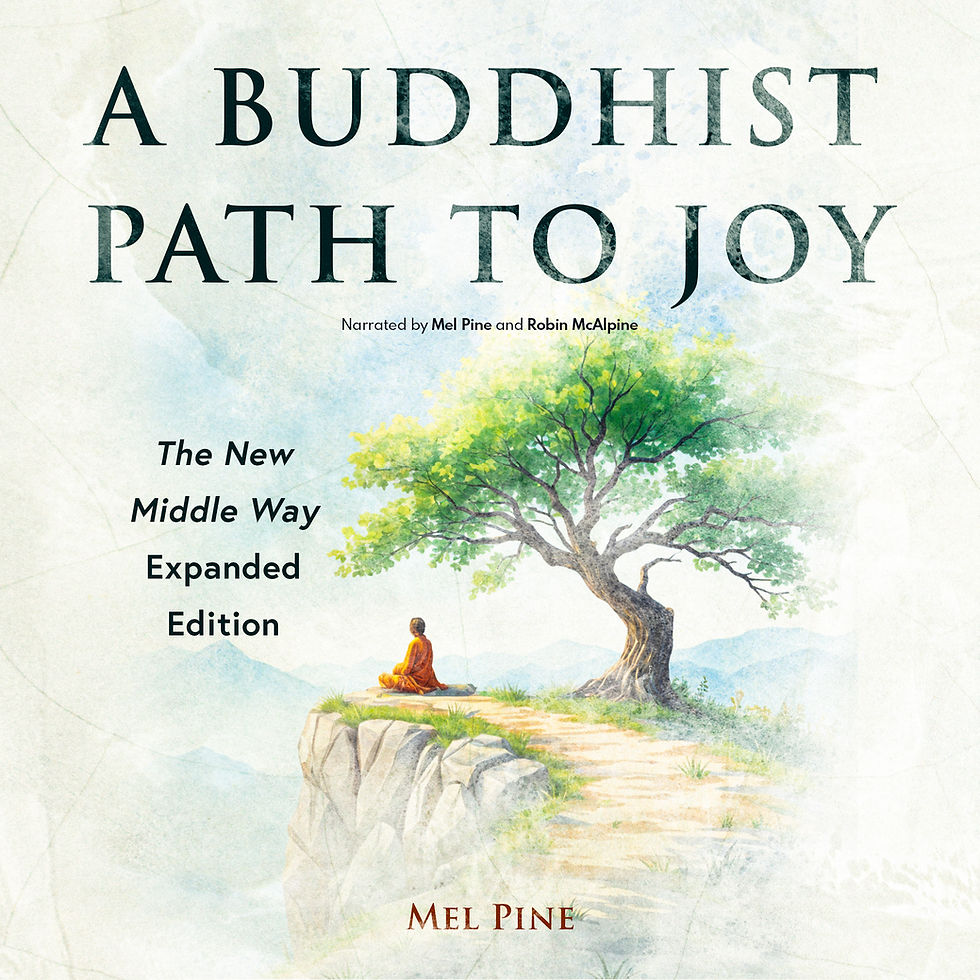The Parable of the Poison Arrow
- Mel Pine
- Jul 23
- 1 min read

The Buddha's focus was to eliminate needless suffering. In the Parable of the Poisoned Arrow, he makes that clear. Monk Mālunkyaputta pestered the Buddha with questions about the world, existence, and self. Here's how Buddha Gautama replied.:
Suppose a man is struck by a poisoned arrow, and his friends and family bring a surgeon to treat him. But the man refuses to have the arrow removed until he first gets answers to his questions, such as...
Who shot the arrow?
What is the caste or class of the person who shot it?
What are the name and family of the shooter?
Was the shooter tall or short, dark or fair?
What kind of bow was used?
What type of string was on the bow?
What kind of arrow was it? What was the arrowhead made of?
That man would die before he ever got the answers to these questions. In the same way, Mālunkyaputta, if you insist on getting answers to speculative questions—such as...
Is the universe eternal or not?
Is the universe infinite or finite?
Are the soul and body the same or different?
Does a Tathāgata (a Buddha) exist after death or not?
You will die before you find the answers to these questions.
Despite two and a half millennia of apparent advances in science and knowledge, many of us have Mālunkyaputta’s level of wisdom. We’re more attached to answers than to freeing ourselves from suffering.
You can get Mel's book, "The New Middle Way," on Amazon and Audible. The Kindle edition is just $1.99 until August 1. It’s also available free to Kindle Unlimited subscribers.




Comments